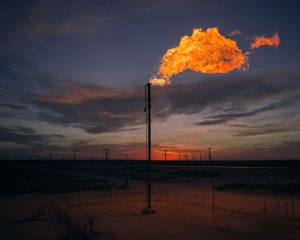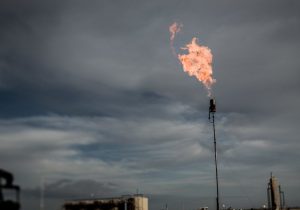
Negishi LNG Terminal, Yokohama City, Kanagawa Pref., Japan
Announced at COP 27, the joint declaration by key natural gas exporters, the United States, Norway and Canada, and importers, the European Union, Japan and Singapore, demonstrates the growing recognition that the supply and demand sides of energy markets must work together to reduce global methane emissions.
Methane, the main ingredient of natural gas, is a powerful climate pollutant, and the oil and gas industry is a main source of global emissions. As methane has shot up the international climate agenda, a great deal of attention has focused on countries that produce the lion’s share of the world’s oil and gas. But big energy importers like Japan, which often don’t have significant domestic fossil fuel resources, also have significant opportunities to stimulate and speed emission reductions industrywide.
A new analysis conducted for Environmental Defense Fund by independent global research firm Rystad Energy explores how Japan can leverage its unique market position to drive global methane reductions.
Read More »
 By Lauren Navarro & Pamela MacDougall
By Lauren Navarro & Pamela MacDougall













